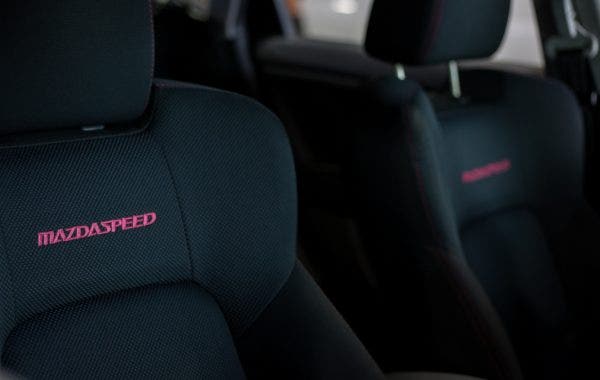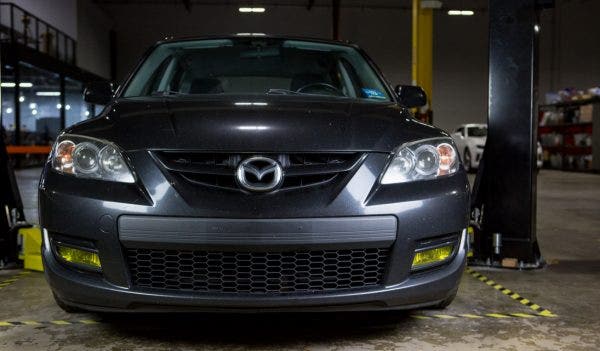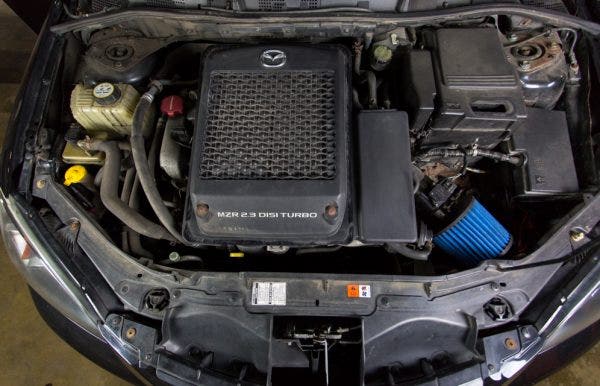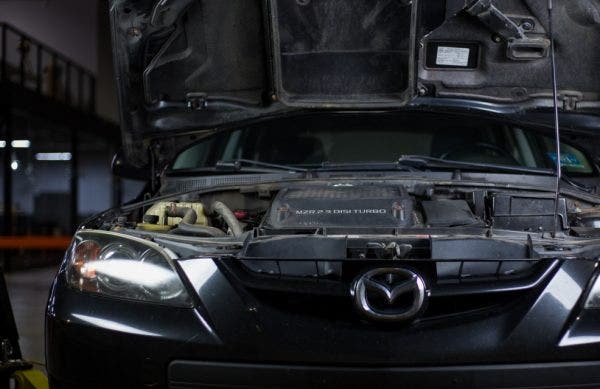
Hot-Hatch Renaissance - 2007-2013 Mazdaspeed 3 Direct Fit Catch Can R&D Part 1 - Stock Review
The Europeans have dominated the hot-hatchback market for decades. In fact, the term "hot hatchback" was coined to describe Volkswagen's Mk1 Golf GTI, which was responsible for the leadup to the hot-hatch fever throughout Europe and Asia. Just about every manufacturer began producing hatchbacks with stiff suspensions and a few extra horses under the hood. Even our very own Ford produced cars like the Escort Cosworth, and previous generations of the Focus ST and RS, but then left us here in the States, out to dry, when it came to having fun in a sub-compact. That was up until Mazda had their say.

The combination of comfort, practicality, and speed help the popularity of Mazda's newest fast hatch.
Mazda was more known for their sport coupes, rotary engines, and budget convertibles, rather than their sporty hatchbacks. However, the 2.3L MZR turbo they equipped in the Mazdaspeed 3 put them on the map, and helped to spread the fever across the US. Boasting 60 more horsepower over the MK5 GTI, and a suspension to compete with the likes of the go-kart-esque R56 Mini Cooper, the Mazdaspeed 3 rivaled the WRX and other European variants of this layout, becoming a key player in the hot hatch's North American renaissance.

The MS3 might have more power and equipment over the limited hatchback competition, but it doesn't come without some sacrifices. Like the turbocharged Subarus, the Speed 3 was equipped with a top-mount intercooler, but without the stylish hood scoop in the first generation, meaning the heat exchanger soaked up the extraneous heat produced by the engine. The 2010 facelift featured an added scoop, but the issue remained. There are a few solutions to contend with the heat-soaking issue, but for those who are not looking to find a new mounting location for the intercooler, there are more serious side effects compounded by the heat.

Because of Mazda and Ford's past relationship, the 2.3L MZR is the grandfather of last year's hottest hatchback, the Focus RS.
The 2.3L MZR Turbo laid the groundwork for what we know now as Ford's extremely popular EcoBoost engine series. With all the EcoBoost-equipped engines we've had in the R&D facility, there's a common issue with engine blow-by, a problem that still hasn't been properly addressed from the MS3's powerplant. Direct-injection engines, especially the first wave of them circa 2007, are extremely susceptible to carbon buildup on the intake valves, robbing your practical hot hatch of power and efficiency.

A top mount intercooler might save some time and cost in initial development, but it comes at a price. This mounting position is highly prone to heat-soak, especially with a limited flow of fresh air.
Upon our first inspection of the Mazdaspeed 3's PCV system, we discovered that the intake boot was saturated with a decade's worth of oil and fuel droplets from what appeared to be the re-circulation of the crankcase gasses. A closer look revealed that the port on the intake boot is the clean side of the PCV system, meaning the intercooler won't be filling with oil over time. Instead, the main PCV line transfers directly from the crankcase into the intake manifold, after the intercooler. So, your charged air might not be jeopardized by baked oil in the intercooler, but that means the intake valves are bearing the full front of the blow-by assault.

On a closer inspection of the Speed 3's PCV system, it was apparent that its powerplant produced a significant amount of blow-by. That murky residue is only the remnants of what is passing through your intake system and intercooler.

While the MS3 might have helped spur the revitalization of the hot hatchback in North America, it, like many of its other early adopters of the direct-injected, turbocharged engines, suffered greatly from its own lifeblood. It might have taken 10 years since the unveiling of the first Mazdaspeed 3, but we have the solution in the works to keep your intake and intercooler oil free.
Thanks for Reading!
-Nick




